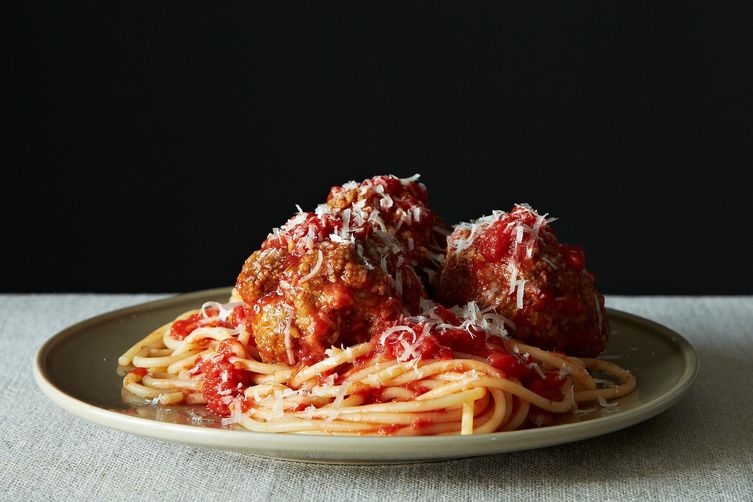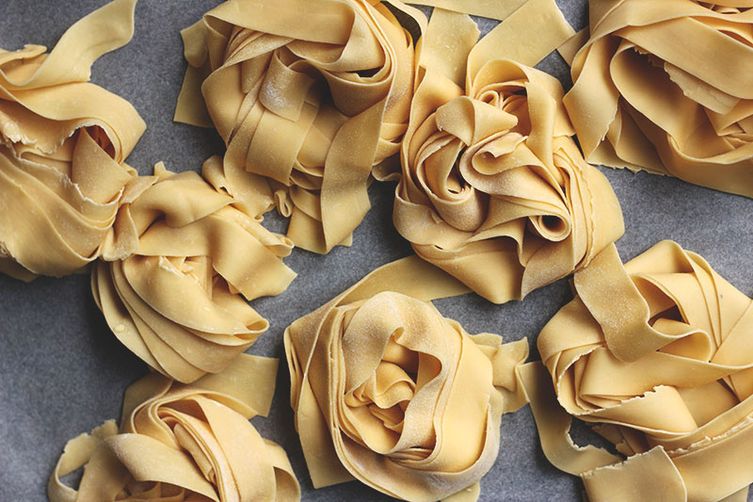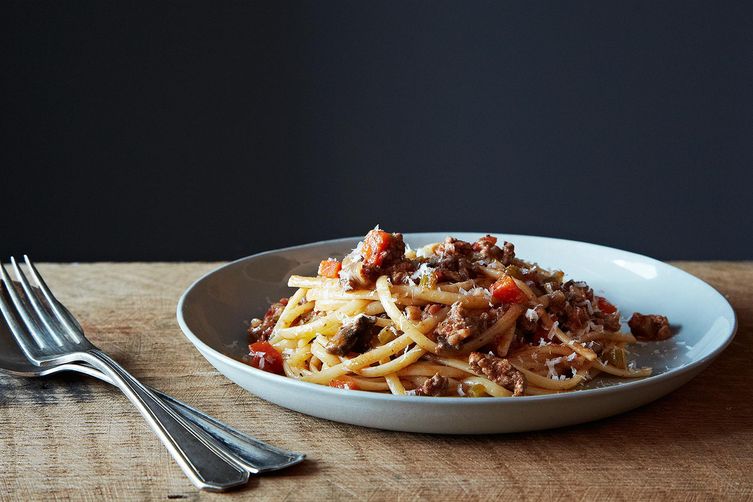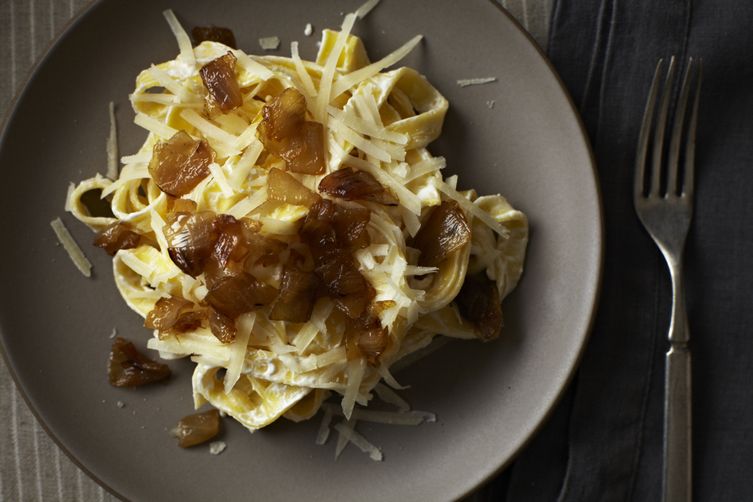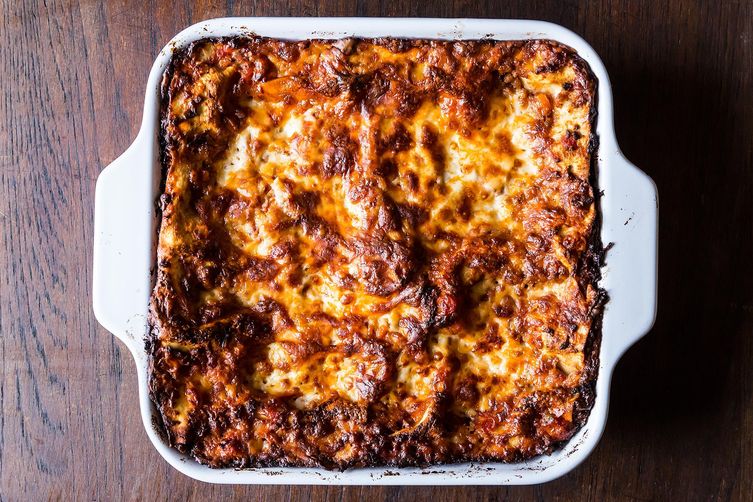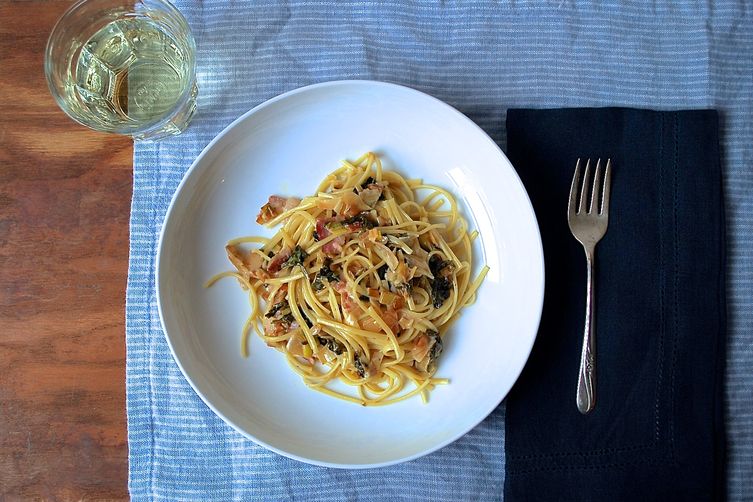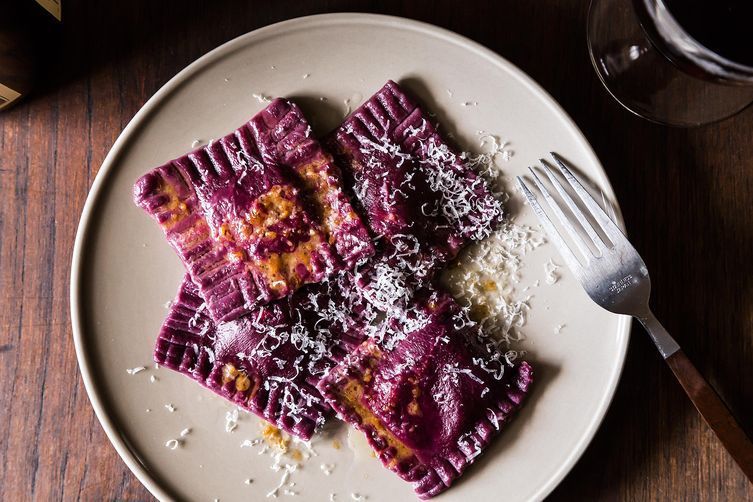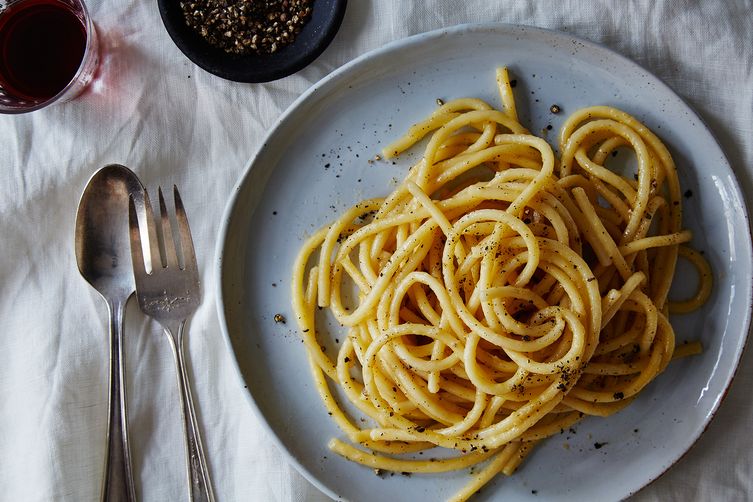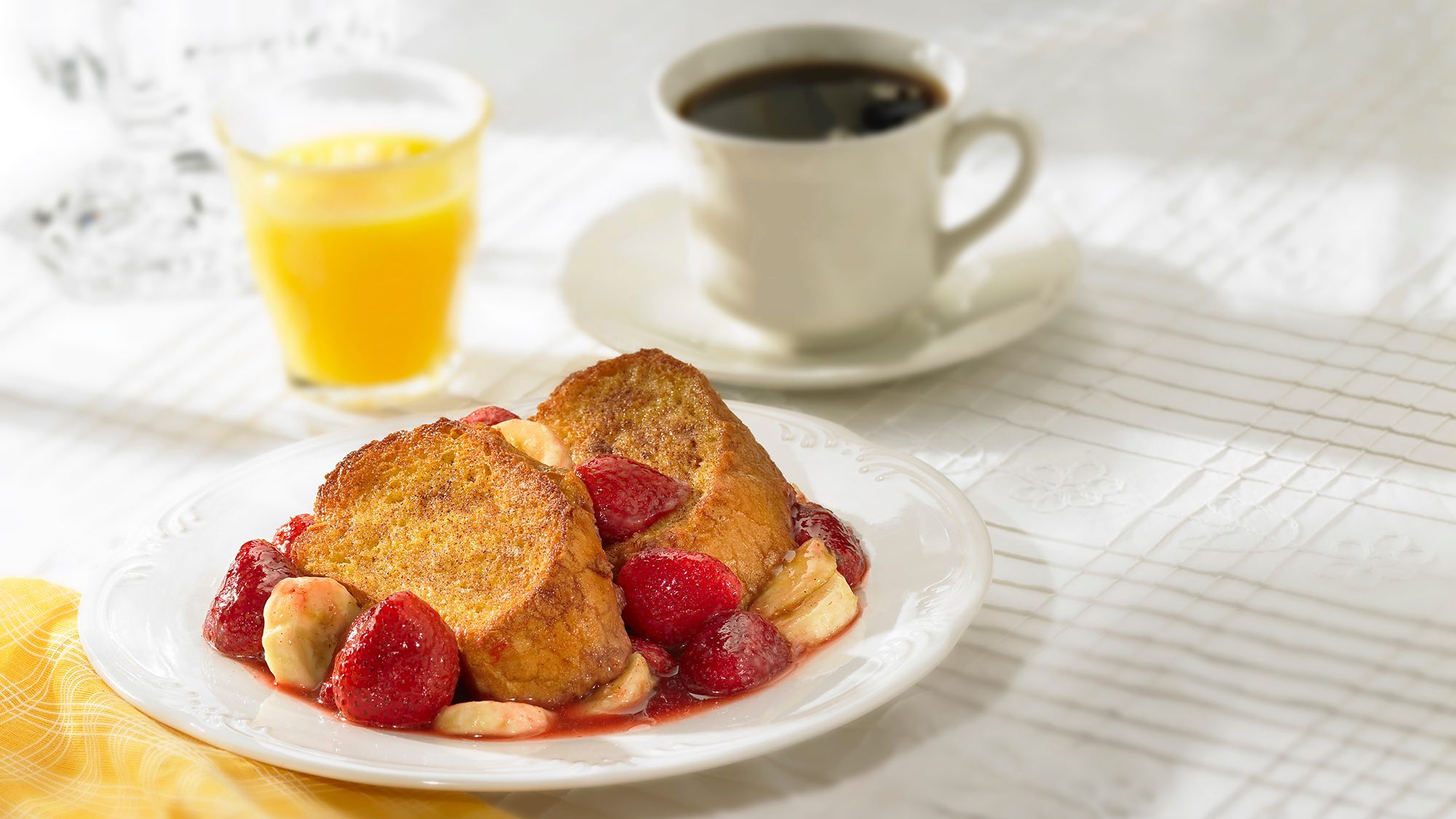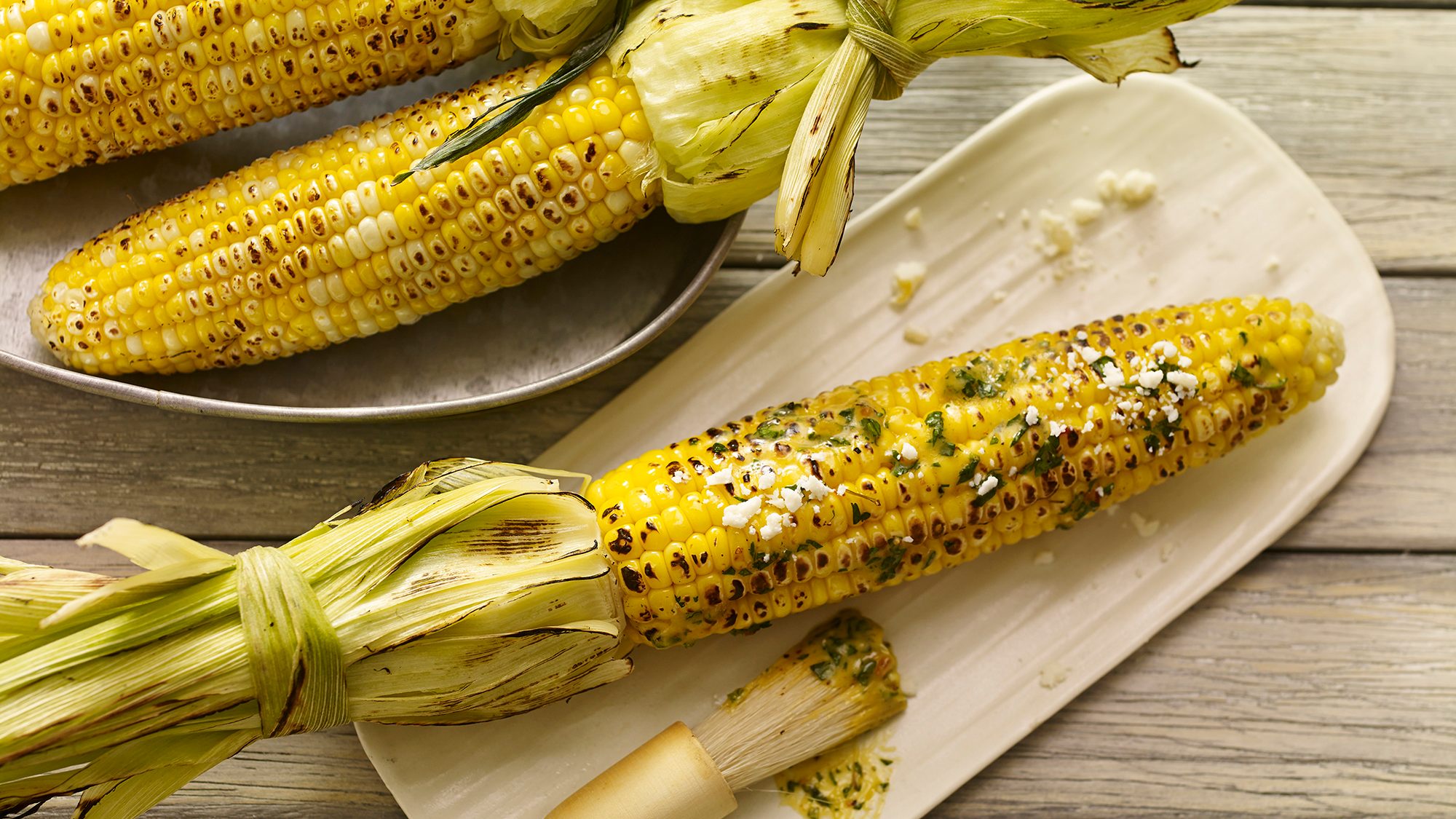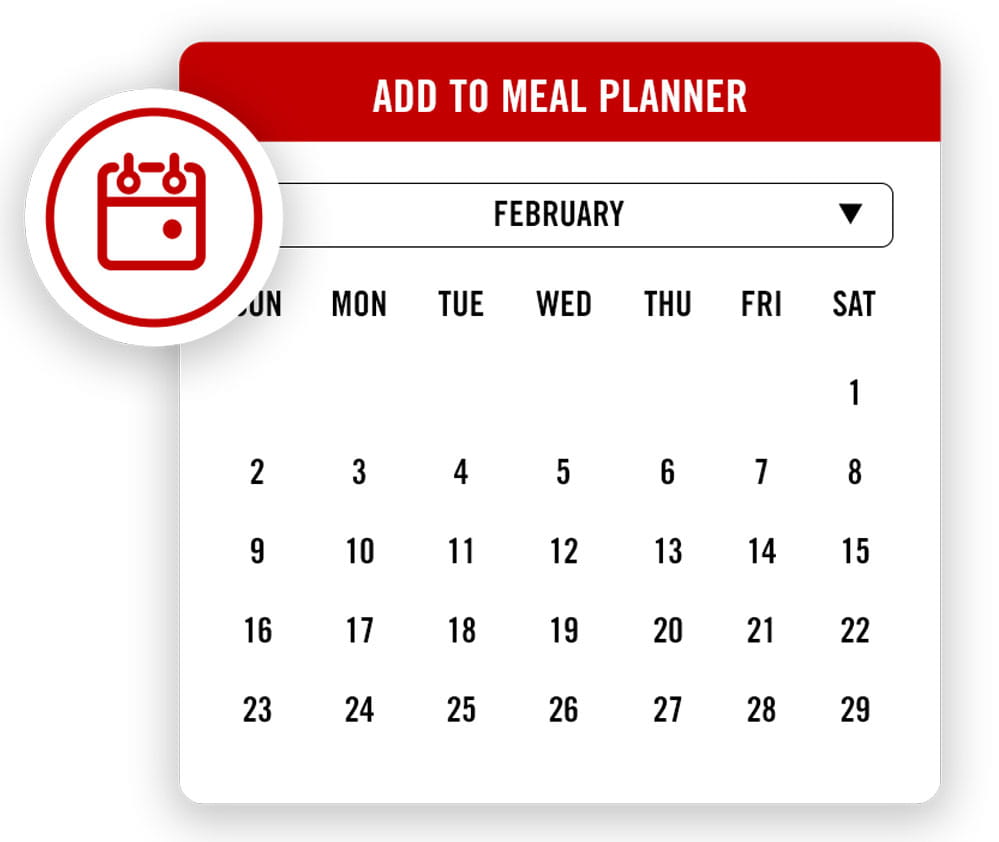Italians eat pasta almost every day—sometimes, twice a day. And they're onto something. Spaghetti, penne, orecchiette, fusilli, farfalle, linguine, tagliatelle: There's no noodling around. Pasta is pretty perfect.
But even pasta—the Hail Mary pass of weeknight dinners and easiest comfort food in the books—can be finnicky. Let it cook too long, and pasta goes from al dente to al mushy; don't salt your water and end up with paste-tasting noodles. Pasta problems call for cookbooks, of course—and in some we found techniques that'll change the way you sauce, season, and cook.
Here are 10 pasta tips from cookbooks that are anything but impastable:
Tip: Salt your water like you mean it.
Urban Italian by Andrew Carmellini
“Now, I’ve heard all the kinds of arguments, pro and con, about the medical implications of salt. I’m no doctor, but I am a specialist in flavor, and I can tell you for sure that if you don't salt your water, your pasta will taste like plain wet cardboard. Salt is what gives food that elusive quality known as 'taste': It brings out the sweetness in carrots and the acidity in tomatoes. Me, I’d rather skip that bag of chips or those movie-theater nachos and salt my pasta water instead."
How to: Salt your pasta water aggressively—really. It should taste like the sea.
Tip: Embrace the freeze.
The Scarpetta Cookbook by Scott Conant
“I always freeze my fresh pasta before cook it. I know that sounds sacrilegious, but freezing actually makes fresh pasta cook up better. When submerged in simmering water, the frozen-fresh pasta does not absorb as much liquid as would just-made pasta. It holds its shape without expanding so much that it becomes flabby, and its flavor does not become diluted with excess water.”
How to: For fresh pasta like spaghetti and tagliatelle, portion it “into nests by wrapping around your hand” (Conant suggests 4-ounce portions). Dust the nests with a litte flour, place on a baking sheet, freeze until hard, and then transfer to a freezer bag or airtight container where it will keep, frozen, for up to 1 month.
Tip: Give your ragu lots and lots (and lots) of time.
The Classic Italian Cookbook by Marcella Hazan
“There are three essential points you must remember to make a successful ragu:
- The meat must be sautéed just barely long enough to lose its raw color. It must not brown or it will lose its delicacy.
- It must be cooked in milk before the tomatoes are added. This keeps the meat creamier and sweeter.
- It must cook at the merest simmer for a long, long time. The minimum is 3 1/2 hours; 5 is better.”
How to: Take your favorite ragu recipe and apply Marcella’s tips. A 1/2 cup of milk is the right amount for 3/4 pound ground beef and 2 cups canned Italian tomatoes. Steve with tagliatelle, tortellini, rigatoni, conchiiglie, ziti, or rotelle.
Tip: Pasta sauce can be whey cool.
Genius Recipes by Kristen Miglore
“The sauce has only two components: thick yogurt and starchy, salty pasta cooking water, which together create the soothing texture of alfredo sauce, lightened up with yogurt’s tang. But it won’t taste austere, especially once you garnish with caramelized onions and Pecorino to balance out the sweetness and salt.”
How to: You're in luck—here’s the recipe. If you’re looking to shake things up, Kristen suggests blending the sauce with tahini or mint or adding greens—like spinach—to the pasta’s water as it finishes boiling.
Tip: For better lasagna, make meatballs.
Family Table by Michael Romano and Karen Stabiner
“Homemade meatballs, made from a mix of beef, pork, and veal, then cooked and sliced, provide more flavor and texture than mere ground beef.”
How to: Start with your favorite lasagna and meatball recipes. Make the meatballs—slicing them into 1/4-inch thick slices after they’ve finished cooking. Layer the sliced meatballs in the lasagna as you would meat sauce and bake everything as usual.
Tip: Cooking perfect pasta is a two-step process.
Franny’s by Andrew Feinberg, Francine Stephens, and Melissa Clark
“Step 1 is to undercook the pasta by about 2 minutes. This ensures that the pasta maintains an essential spine of chewiness. Step 2 is to finish cooking the noodles in the sauce, which, ideally, you’ve just simmered together in a skillet on another burner. Finishing the pasta in the sauce gives the noodles a chance to meld with and absorb all the good flavors in the pan. It makes for a deeper-tasting dish in which all the ingredients are wedded into a well-balanced whole.”
How to: Do as described above, letting the pasta cook in the sauce for 1 to 3 minutes. If the pan is looking dry, add a splash or two of plain water (not the pasta’s cooking water, as this could make everything too salty).
Tip: Make pasta for one and cook it like risotto.
Heart of the Artichoke and Other Kitchen Journeys by David Tanis
“It’s a bit like Spanish fideos, in which pasta is cooked like risotto and the broth is added in small increments. My version is rather soupy and littered with vegetables. I boil the pasta until it’s half-done and cook the vegetables until they’re half done, then combine them and finish the cooking with a small amount of pasta water.”
How to: Tanis suggests using a short pasta like orecchiette or pennette. Start some vegetables (chopped zucchini, artichokes, beans, etc.) in a skillet with a bit of olive oil, onion, garlic, tomato, and pancetta if you’d like. When both the pasta and vegetables are half-way cooked, add the pasta to the skillet with a ladleful of the pasta’s water and simmer, stirring occasionally, until the pasta’s al dente and the vegetables are cooked how you like them. Pour into a bowl and eat with a spoon.
Tip: Go nuts with fresh pasta—literally.
Crazy Good Italian by Mike Isabella
“Using nut pastes in pasta dough adds a really interesting depth of flavor, especially when you toss it with complementary sauces and herbs.”
How to: Use a tablespoon of nut paste in your pasta dough (this can be added along with the egg yolks). Isabella makes pistachio pasta dough with pistachio paste, cuts it into fettucine, and pairs the pasta with lamb ragu, feta, and mint.
Tip: Don’t let vegetables ruin your ravioli.
Mastering Pasta by Marc Vetri and David Joachim
“You don’t see too many ravioli with raw vegetables inside. The vegetables would leak too much water. There’s the rub with vegetables: they’re 70 to 95 percent water. I usually roast, sweat, or somehow cook them first, before mixing them with herbs and seasonings. If you puree the vegetables, keep the filling firm by mixing in some bread crumbs, cheese, or bread soaked in milk. Even so, it’s a good idea to freeze vegetable ravioli right after you assemble them. Quick freezing will stop the liquid from seeping into the dough.”
How to: Do as Vetri says above. Don’t be afraid of the vegetable ravioli—you’ve got them beet.
Tip: Toast your black pepper, toast it real good.
Saveur: The New Classics Cookbook by the editors of Saveur magazine
“Merely sprinkling preground black pepper over the finished pasta won’t come close to achieving the desired flavor in a classic sauce. Instead, crush whole black peppercorns in a mortar and pestle or grind them on the coarsest setting in a spice grinder. Then ‘toast’ the cracked pepper by frying it in the olive oil you’ll be using for the pasta sauce, heating it until it smells very fragrant.”
How to: Whether it’s Cacio e Pepe, Primavera, or Carbonara, toast your peppercorns. It’ll add an extra depth and the “uh-huh” flavor the preground stuff sorely lacks.
Photos by James Ransom, Sarah Coates, Posie Harwood, and Bobbi Lin
This article was written by Riddley Gemperlein-Schirm from Food52 and was legally licensed through the NewsCred publisher network. Please direct all licensing questions to legal@newscred.com.



